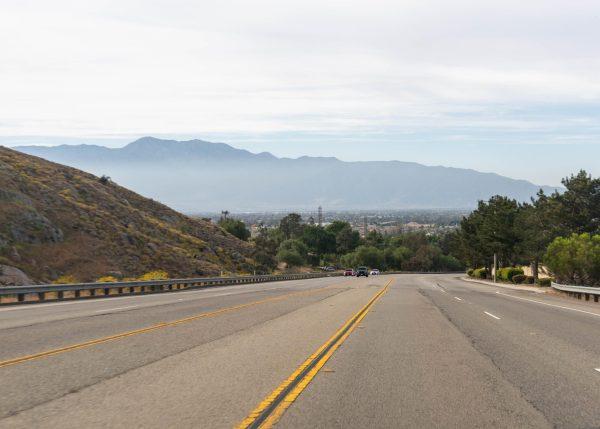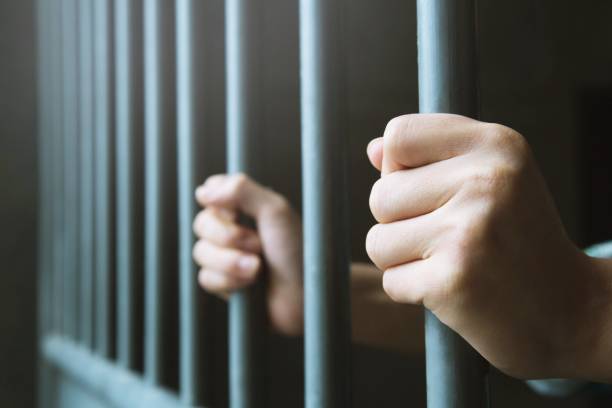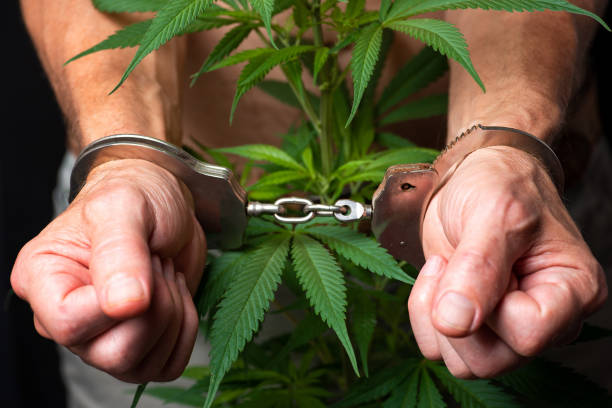
By Sigifredo Macias
Riverside is an average-sized town by California standards.
It can be hard to think a city of its size could have an effect on greenhouse gas emissions.
Emissions are very important to recognize due to the effects they have on the climate crisis. It’s no surprise that the city of Riverside has been greatly affected by the climate crisis, dealing with smoke blown in from forest fires, drought and, as if it wasn’t already hot enough, a rise in temperatures.
It does not take a microscope to notice the thick cloud of smog over our neighboring county of San Bernardino, but greenhouse gas emissions in Riverside are rising too. Riverside is planning to meet the Greenhouse Reduction Plan sometime between 2035 to 2050.
The climate action plan seems promising for the environment and sustainability in Riverside. But do we have enough time?
Last year was one of the hottest years ever recorded and Southern California is being greatly affected by the rise in temperatures. The summer of 2020 frequently had days where the temperature was reported to be greater than 115 degrees in Riverside and many other cities around it.
Greenhouse gas emissions, a phrase heard very frequently, is a big reason that the rise in temperatures and peculiar climate are occuring. In a nutshell, greenhouse gases, such as carbon dioxide, methane, nitrous oxide, water vapor and fluorinated gases, trap heat into the planet.
The Riverside Climate Action Plan aims to reduce gases that trap heat by requiring companies to lower their carbon emissions by becoming carbon neutral. Another goal of the plan aims for Riverside to switch to renewable energy that helps the overall air quality all around Riverside
In 2007, Riverside’s greenhouse gas production was 3,024,066 metric tons of CO2 equivalent. That same year, a climate action plan to reduce carbon emissions by 26.4% by 2020 was proposed in Riverside. In 2017, greenhouse emissions were 4,905,518 metric tons of CO2e and in 2018 they reached more than 5,000,000 metric tons of CO2e.
Since the climate action plans created in 2007 did not reach the intended goal by 2020, there are concerns about whether Riverside will follow through on reducing greenhouse gas emission by 2035 to 2050.
“It’s hard, but the Climate Action Plan is trying,” said James Koizumi, senior air quality engineer at South Coast Air Quality Management District.
Lowering greenhouse emissions is very difficult, but it’s something that needs to be done. If nothing is done to lower greenhouse gas emissions, they are expected to rise to 6,368,781 metric tons of CO2e by 2030 and 11,305,026 metric tons of CO2e by 2050.
Big businesses engage in acts, such as greenwashing and deforestation, that do major damage toward the environment and perpetuate the climate crisis. Riverside taking actions to reduce its greenhouse gas emissions may seem insignificant, but if one community moves to reduce greenhouse gas emissions, other communities will follow. Lowering the overall numbers of greenhouse gas emissions matters a lot.
If people want to live in a sustainable future, it is important for people to know that there’s a crisis. Immediate action is needed because the clock is ticking.





